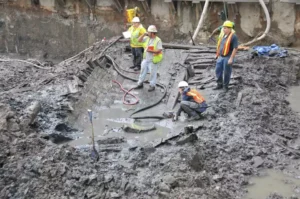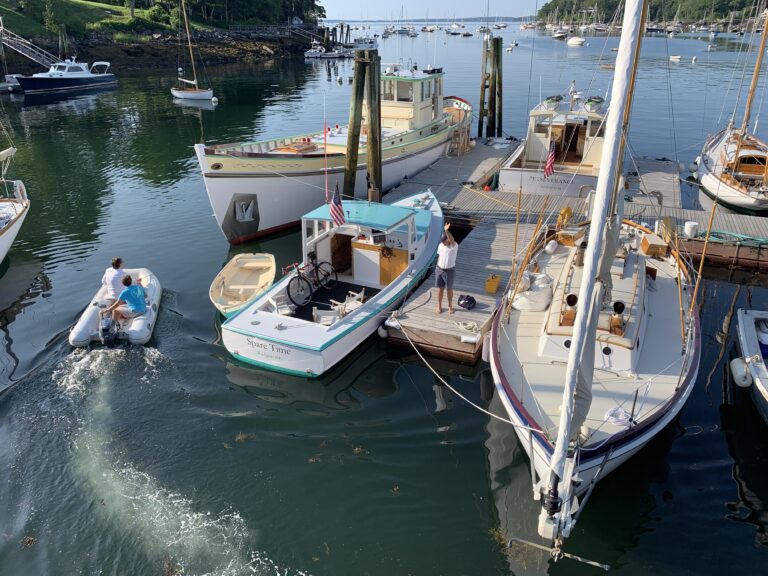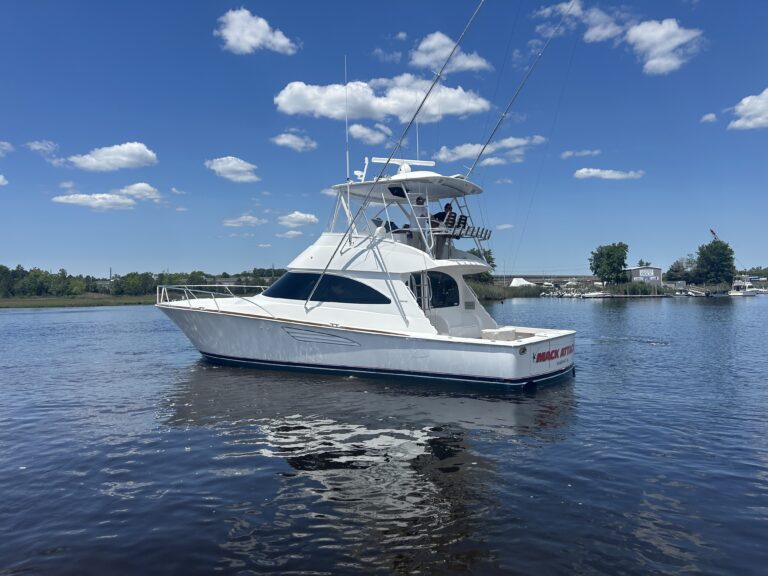A 900-foot-deep, blue hole discovered off the Eastern Coast of Mexico has been named Taam Ja, which translates to “deep water” in Mayan. The hole is the second largest to be discovered after Sansha Yongle “Dragon Hole” Blue Hole near China. Taam Ja has steep sides of almost 80 degrees, and its opening sits just 15 feet below sea level. The top of the hole is almost a perfect circle and covers 150,000 square feet.

Just two years ago a local fisherman, Jesus Artemio, helped scientists from Campeche’s El Colegio de la Frontera Sur and Mexico City’s Consejo Nacional de Ciencia y Technologia locate the blue hole. Scientists then explored Taam Ja with scuba equipment, sonars and water testing to create a map of the hole. They published their results in the journal Frontiers for Marine Science.

Blue holes hold incredible amounts of history and information about the planet, as well as information about the climate’s past, present and future. Because blue holes contain low levels of oxygen, they create a unique ecosystem for some organisms.

Most blue holes are believed to have been formed 11,000 years ago during the end of the ice age, because of the limestone found inside of them. Limestone is easily permeated by water—therefore when the glaciers melted and seawater rose into these limestone caves, they filled up and created massive sinkholes.










